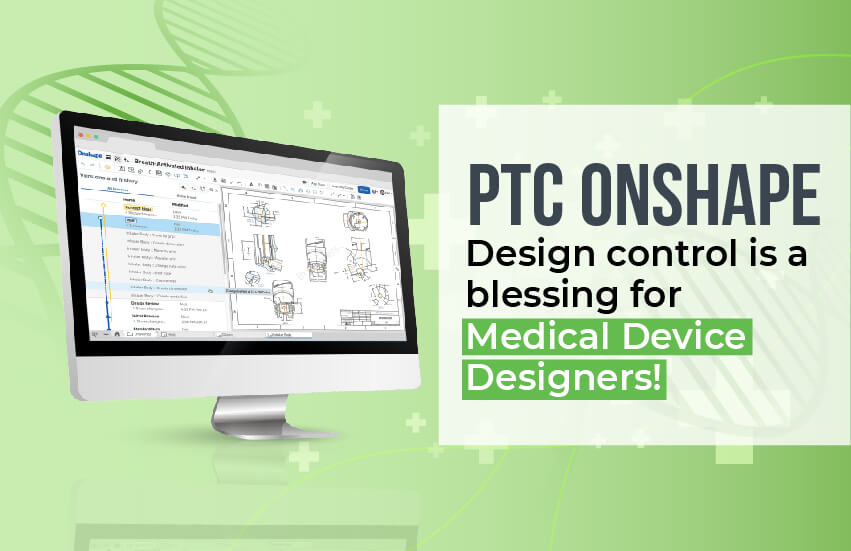
Life expectancy worldwide is increasing year after year, due to advancements in biomedical technology. The increasing elderly population combined with on-going healthcare improvements in emerging nations ensures that this Medical device market will continue to grow.
Despite these increased opportunities, medical device manufacturers have their own unique challenges.
Medical device manufacturers must seek marketing authorization for any new device from the FDA. Depending upon the type of classification assigned to your device, premarket approval may also be required. Every year, the FDA clears approximately 3,000 device submissions with an average turnaround time of 180 days. This can be significantly longer if your device is Class III (devices that support life or are implanted, e.g., pacemakers or breast implants).
Once a submission has been cleared, the approval remains in place for the lifetime of the product. However, if the product has been modified or improved, or you want to change its intended use, you must reapply all over again. As competitors introduce new equivalent devices, you may have no option but to enhance your existing product lines or develop new innovative solutions to keep up. However, your time to market and first-mover status may be significantly affected by this lengthy approval process.
Every medical device manufacturer’s ultimate goal is to improve patient care with safe, effective and high-quality products. However, not every product can be perfect the first time. Indeed, product recalls and litigation are costing the industry billions each year. These recalls are mostly due to production defects and design flaws which could potentially be reduced by adhering to the quality standards set out by the FDA, which recommends that companies implement:
Most CAD tools enable us to import/export files, letting us make changes to a part or assembly without making changes to the original part file. However, we should all be familiar with excessive wait times for importing/exporting large files. Remarkably, Onshape has eliminated the need for importing/exporting files and emailing them between members of the same company. Instead, we can simply make a new version, and the administrator can filter access to anyone with an Onshape account.
Design controls are used to continually assess and provide improved visibility into your product development process to help identify and correct issues earlier. With improved visibility, managers are able to recognize problems, make corrections, and adjust resource allocations. Designers benefit from improved communication and coordination among all stakeholders and get a better understanding of how their intended product conforms to user and patient needs.
Design controls are just one part of a comprehensive quality system that should be used to manage a device from initial requirements through design, production, distribution, use, maintenance, and eventual obsolescence. Although the name suggests that design controls apply only to the initial design of a device, they also apply to any and all changes to the device or manufacturing process, including those occurring long after a device has been introduced to the market. This includes evolutionary changes such as performance enhancements as well as revolutionary changes such as corrective actions resulting from failure analysis. Design changes are necessary to ensure that your medical devices continue to meet the needs of the user or patient.
Therefore, your design control processes must be revisited many times during the life of a product. MODELCAM is trusted partner with PTC for over nineteen years now & an authorized reseller of ONSHAPE Software in Indian. To know more & enquiry click here- let's connect here. (Source – PTC Onshape.)
©Copyright 2025. All rights reserved by Modelcam Technologies Private Limited PUNE.